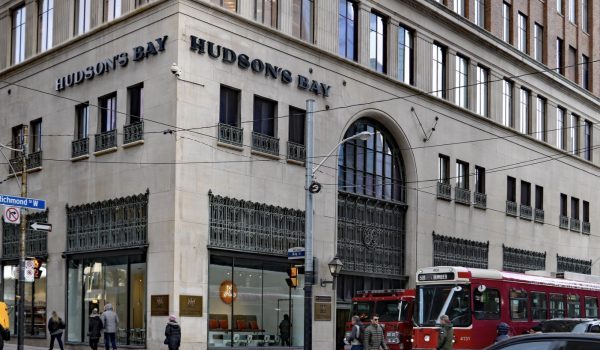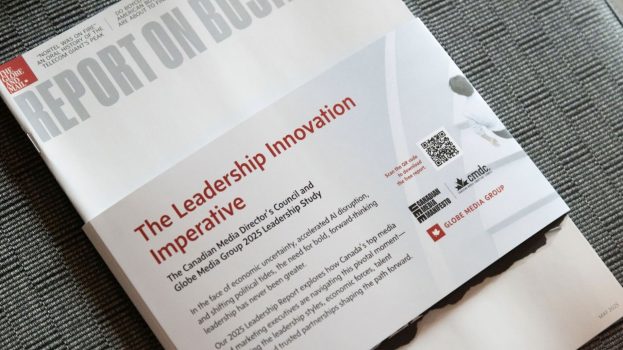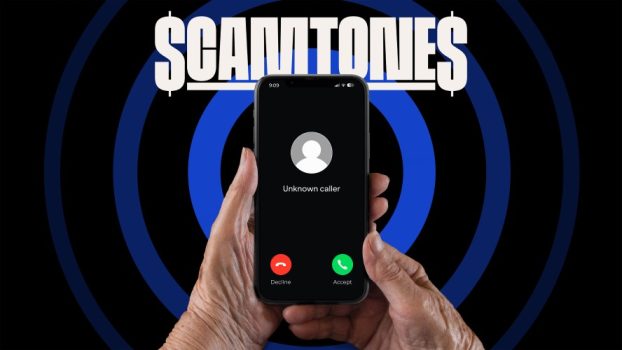Last month, when the Chinese versions of two popular Canadian magazines folded, it was easy to place some of the blame on a lack of enthusiasm on the part of advertisers.
In fact, that’s exactly what the publishers of both Maclean’s Chinese Edition and the Chinese Toronto Life did when the magazines were suspended.
Yet there’s absolutely no indication advertisers are losing interest in the upwardly mobile yet elusive Chinese community.
Quite the contrary, in fact.
Consider a recent awards show dedicated to Chinese advertising. There were 311 entries this year, up almost 40% from last year, according to David Chan, president of the Chinese Canadian Advertising, Marketing & Media Association (ccamma).
Beside the fact that this was a record year in terms of entries, Chan says that their quality also improved this year over last. While key players such as bc tel, Bell Canada, Canadian Airlines, cibc, TD Bank, Sprint Canada and the Hongkong Bank of Canada had their usual share of awards, there were a few surprises, says Chan. Newcomers Casino Niagara, insurance company London Life and brokerage firm Nesbitt Burns also walked away with a slice of the 14-category prize pie.
Tina Chow, director of marketing and sales, eastern division, for Fairchild Television, says that the first phase of ethnic marketing – where new immigrants are targeted by companies offering essentials like phone service, a bank account and a car – has been well underway for several years in the Chinese market. As Chow sees it, the second phase – where retailers target the now-established group – has begun.
‘Once people settle down, they need to pick up packaged goods,’ she says. ‘They need to go shopping.’
How appropriate, then, that the cable service’s newest advertiser is Shoppers Drug Mart. Until recently, the retail chain, which has outlets in areas that have high concentrations of Chinese shoppers, has been content to use bilingual (English and Chinese) point-of-sale materials. Now, the drug store chain is going one step further, says Chow. ‘They feel the buying power of this group.’
And they’re not alone on the retail side. In the last six months or so, Fairchild – which is Canada’s largest Chinese cable tv service with stations in Toronto, Edmonton, Calgary, Vancouver and Victoria – has seen a remarkable leap in retail advertising, according to Chow.
Wal-Mart, Pizza Nova and Future Shop have all recently placed advertising with the cable tv service. And she hints that it won’t be long before Chinese viewers will be watching targeted spots from one of this country’s top fast-food chains.
While some advertisers are content to place adaptations of existing mainstream creative, others are going further and creating tailor-made spots for the community – an approach Chow embraces. ‘It’s very natural,’ she says, adding that tailor-made spots spell tailor-made products and services to the community. ‘They feel closer to the brand.’
However, sometimes it’s not obvious that an ad hasn’t been specifically created for the audience. For example, Future Shop’s adapted ad features a store after closing time in which different electronic appliances ‘talk’ to each other about their day. There is nothing to indicate the spot is an adaptation, she says. ‘It still works for the market.’
While Chow favors custom creative, she says there’s very little that works in the English market that won’t work for the Chinese market. In the past, adhering to cultural sensitivity was cited as a potential roadblock in the use of adaptations. But, in an environment where most of the target audience comes from highly Westernized areas, it seems that good advertising (according to North American standards) is good advertising in any language.
Television viewers in Hong Kong and Taiwan are accustomed to seeing adaptations of English tv spots, says Chow. ‘That’s nothing new.’ And it doesn’t seem to hurt the advertisers, either. Global brands such as Nike and Coke – which often air adaptations in foreign markets – are just as popular in Southeast Asia as they are in the rest of the world.
In fact, Chow couldn’t come up with one example of something that must be avoided in ads targeting the Chinese community. ‘In the past, some people would say ‘Chinese don’t like black because it’s bad feng shui’ but, nowadays, people are so Westernized,’ she says. ‘Black is classic.’
Loretta Lam, vice-president of pr firm Focus Communications in Markham, Ont., won’t go quite that far. She says the community still prefers communications which specifically target its members. ‘Just placing an ad in the Chinese media is not sufficient,’ she says. In order to build a reputation and gain the goodwill of the community, a company has to show it’s putting some serious effort into understanding the community, she says.
Which is exactly what Wal-Mart has tried to do with its latest series of spots, according to Edward Gould, corporate spokesperson for the general-merchandise retailer. The Chinese spot is similar to all ‘friendly’ Wal-Mart spots which feature staff members discussing the chain’s everyday low pricing in glowing terms – except that the staff, in this case, speak Cantonese.
‘It’s our attempt to really reflect the diversity of people that work at Wal-Mart and who are part of the communities in which we serve,’ says Gould, adding that there are also spots, all designed by Toronto’s Publicis-SMW, featuring individuals from other backgrounds, such as Italian, English-speaking South Asian and Portuguese.
‘It’s a targeted campaign that speaks to the different voices and faces of Wal-Mart,’ Gould says, adding that, besides Toronto, the ads are also running in Vancouver, Calgary and Edmonton.
Sidebar: CNE to devote day to Chinese culture
In yet another illustration of the growing significance of the Chinese market, the Canadian National Exhibition will introduce a Chinese day to its annual end-of-summer fair.
The cne already hosts several such multicultural days, including East Indian Day, Welcome Poland and Africarifest, but this may well turn out to be the largest.
Sponsored by Fairchild Television, the day is certain to attract newcomers to the exhibition – and will give advertisers the chance to dip their toes in ethnic marketing, according to Tina Chow of the Toronto-based cable television and radio service.
So far, the only sponsor to have signed on is Pizza Nova.
The Toronto-based pizza chain, with 71 stores across Ontario (and four in Cuba), has long sponsored an annual Food Day at the exhibition by offering pizza lovers free passes for that particular Wednesday, according to Sam Primucci, president. Pizza Nova. This year, it’s added Chinese Day – a ‘premium’ Saturday – to the offer, amounting to 300,000 free admission coupons.
In return for doing so, Fairchild will be heavily promoting the day, which will feature a performance by a Hong Kong pop star (yet to be named), on its tv and radio stations.
‘It was a happy marriage,’ says Primucci, who has been interested in targeting the Chinese community for some time. For the past three years, Pizza Nova has targeted both the Spanish and Italian communities with spots in each language, according to Primucci.
‘To advertise to one language and one community means you only have one segment,’ he says, adding that the English-as-a-first-language segment is quickly growing smaller, particularly in the Toronto area.
While Toronto’s Montana Steele is the company’s aor, the Chinese spots will be created by Fairchild because of time constraints, he says. WC























